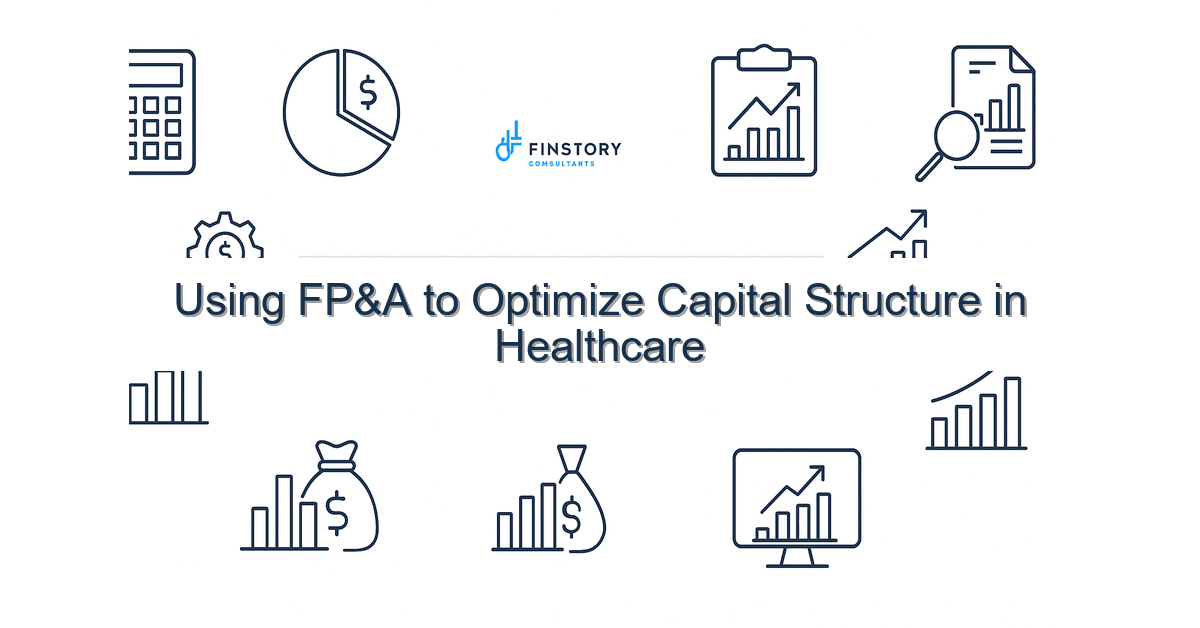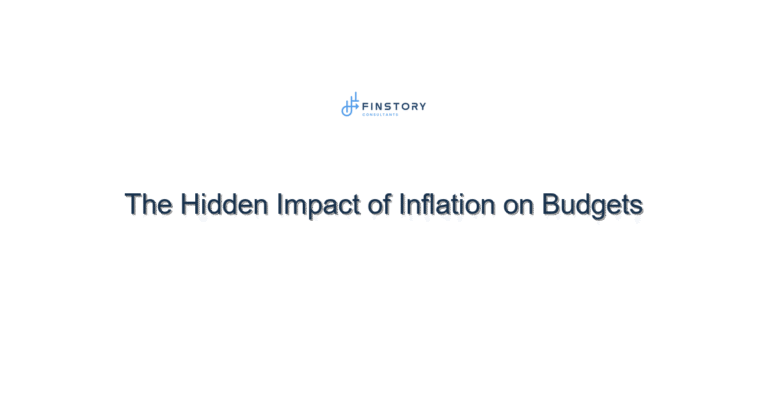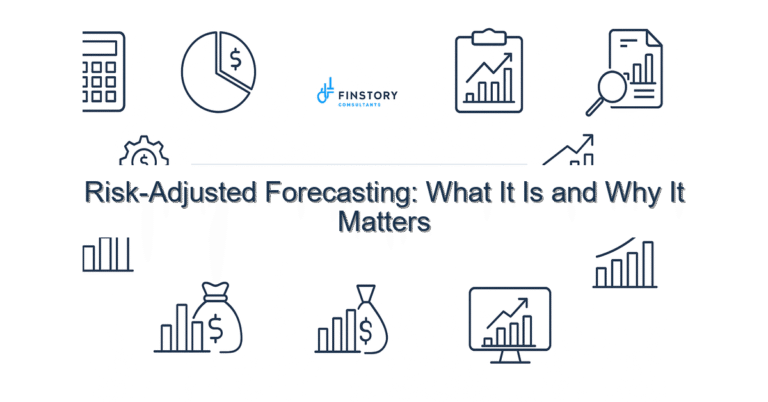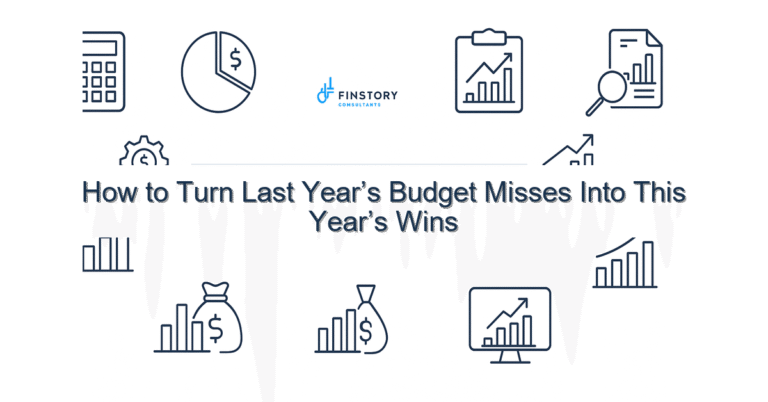Using FP&A to Optimize Capital Structure in Healthcare
You’ve been running tighter budgets, juggling capital requests, and answering anxious board questions about debt and liquidity. You need clarity—a practical way to align funding decisions with patient care and long-term strategy. FP&A can give you that clarity.
Summary: When FP&A is used to optimize capital structure, healthcare leaders can make transparent, measurable choices about debt, equity, and cash. The win: lower cost of capital, steadier cash flow, and capital allocation that directly supports operational priorities and patient outcomes.
What’s the real problem?
Hospitals and health systems often treat capital structure as a finance-only problem: refinance here, issue debt there, keep covenants intact. But the real issue is operational uncertainty and misaligned incentives—clinical leaders want capacity, operators want margins, and finance must protect liquidity.
- Symptoms: recurring last-minute capital requests that derail budgets.
- Symptoms: stretched cash during seasonal patient dips despite approved long-term projects.
- Symptoms: higher-than-necessary interest expense or unused credit lines.
- Symptoms: lack of clear criteria for debt vs. pay-go decisions.
What leaders get wrong
Leaders often default to familiar moves—take on a new loan, delay maintenance, or push for larger reserve balances—without connecting those choices to service-line economics or forecasted cash flows. A few common missteps:
- Relying on static budgets instead of rolling forecasts tied to capital needs.
- Treating debt as a balance-sheet fix rather than a strategic tool that should match asset life and revenue patterns.
- Ignoring the operational data (throughput, length of stay, payer mix) that drive cash and debt capacity.
- Over-centralizing capital approvals, which slows projects and increases opportunistic spending.
A better approach (using FP&A to optimize capital structure in healthcare)
The short version: make capital decisions data-driven, scenario-based, and operationally aligned. FP&A should translate clinical plans into cash and funding needs, then test funding choices against those scenarios.
Framework (3–5 practical steps):
- 1) Translate strategy into cash flows: map planned projects, expected operational benefits, and timing into a 3–5 year rolling cash forecast.
- 2) Build scenario models: run stress scenarios (patient volume shock, payer mix shift, reimbursement cut) and test how different debt structures respond.
- 3) Match funding to assets: use term-matching—long-term debt for buildings/equipment, short-term facilities for working capital—to minimize refinancing risk.
- 4) Embed decision rules: set clear thresholds for when to use debt, lease, or pay-go based on IRR, cash coverage ratios, and strategic priority scores.
- 5) Communicate with dashboards: present trade-offs in leadership reports so clinicians and trustees can see the operational impact of capital choices.
Real-world note: A mid-sized community hospital we advised used this approach to refinance a $45M equipment plan. By matching 10-year debt to imaging equipment life and using a 12-month working capital facility for timing gaps, they cut annual interest and lease costs by 18% and avoided a planned service cutback.
Quick implementation checklist
- Set up a 13-week cash forecast that rolls into a 3–5 year capital cash plan.
- Identify top 10 capital projects by strategic value and map expected cash inflows/outflows.
- Create three scenarios: base, downside (-10–15% volume), and upside (+5–10% margins).
- Calculate debt service coverage ratios for each scenario.
- Define funding rules: e.g., projects >$2M require a funding plan and ROI threshold.
- Build a simple dashboard in Power BI showing cash runway, covenant headroom, and project status.
- Schedule monthly FP&A + operations reviews to re-run scenarios after major operational changes.
- Document approval workflow: who signs off for pay-go vs. debt vs. lease.
What success looks like
Success is measurable and operationally meaningful. Examples you can track:
- Forecast accuracy: cash forecast variance reduced to <5% quarter-over-quarter.
- Cycle time: capital approval cycle shortened from 90 days to 30–45 days.
- Cost of capital: blended interest/financing cost reduced by 10–20%.
- Liquidity: cash runway extended to 9–12 months in downside scenarios.
- ROI: capital projects meet or exceed pre-set IRR thresholds 80% of the time.
- Board confidence: fewer ad-hoc capital approvals and improved trustee satisfaction scores.
Risks & how to manage them
Top risks when pursuing capital structure changes, and straightforward mitigations:
- Risk: Overleveraging after refinancing. Mitigation: keep covenant headroom and set conservative DSCR targets in stress tests.
- Risk: Misalignment between clinicians and finance. Mitigation: include operational leads in scenario reviews and quantify clinical benefits in cash terms.
- Risk: Data gaps and model errors. Mitigation: start with key drivers, validate with historicals, and automate refreshes using finance automation tools.
Tools & data
To make this practical, use the right tools. Finance automation removes manual consolidation pain. Power BI or similar visualization tools make trade-offs visible for leadership reporting.
Key data feeds to integrate:
- Operational: admissions, length of stay, OR utilization, payer mix.
- Financial: cash balances, AR days, AP timing, debt schedules.
- Capital project tracking: budget vs. spend, milestone dates, vendor payment schedules.
Automation + clean data lets FP&A run faster sensitivity analyses and produce leadership reporting that actually informs capital structure choices.
FAQs
Q: How soon will FP&A improvements affect our cost of capital?
A: You can see impact within 3–6 months by improving cash forecasting and matching funding to asset life; refinancing benefits may appear at the next bond or loan window.
Q: Should we always choose debt for large projects?
A: Not always. Match funding to project life and strategic priority. Short-term projects or pilot programs often suit pay-go or leases.
Q: How granular do our scenarios need to be?
A: Start with three scenarios (base, downside, upside). Add granularity as you validate drivers and data quality improves.
Q: Can FP&A handle this without external help?
A: Yes, but many teams accelerate results by partnering with advisors who bring templates, model governance, and execution experience.
Next steps
If you want to optimize capital structure with a repeatable FP&A process, start by mapping your top projects and running a downside cash scenario. Then test two funding paths for each: pay-go and term debt. Use those comparisons in leadership reporting so decisions are transparent and fast.
Ready to use FP&A to optimize capital structure and align funding with operations? Contact Finstory to run a quick diagnostic and build a prioritized plan. We’ll help you model scenarios, stand up dashboards, and present options to your board—so you can make confident, data-driven choices.
FP&A services | Financial forecasting for healthcare | Cash flow management
Work with Finstory. If you want this done right—tailored to your operations—we’ll map the process, stand up the dashboards, and train your team. Let’s talk about your goals.
Contact us: Use FP&A to optimize capital structure today—whether you’re a CFO, controller, or operations leader, we’ll help you translate clinical plans into funding strategies that reduce cost and protect liquidity.
📞 Ready to take the next step?
Book a 20-min call with our experts and see how we can help your team move faster.
Prefer email or phone? Write to info@finstory.net
or call +91 44-45811170.






